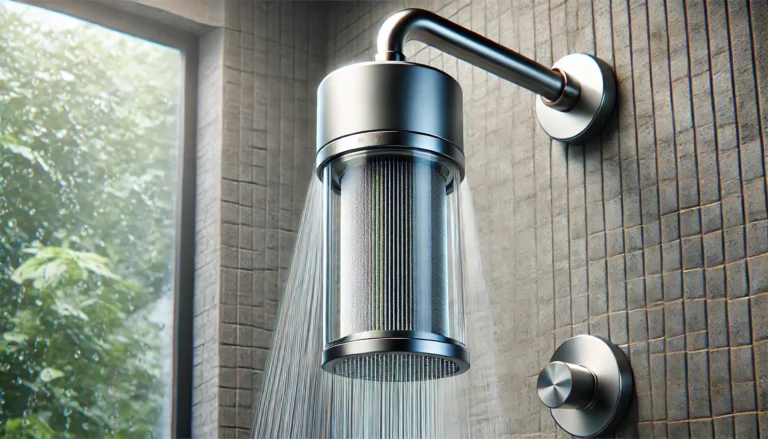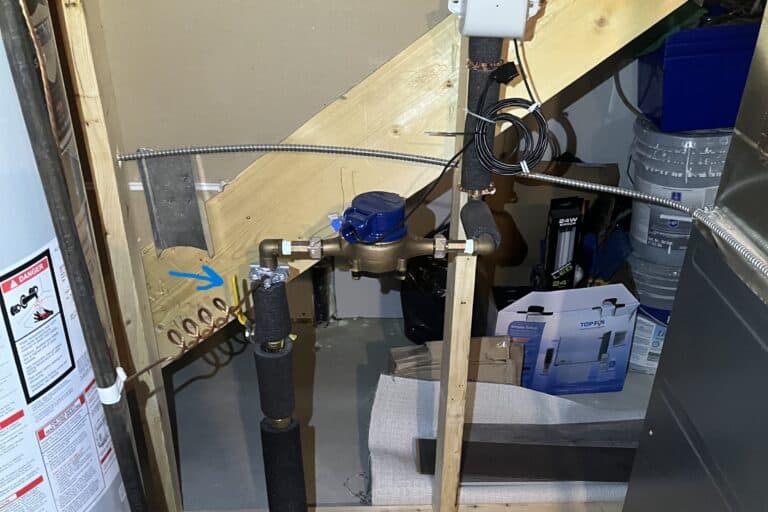
Dryer Fire Prevention
Did you know that dryer fires cause over 15,000 house fires in Canada and the U.S. each year? One of the leading culprits? Lint buildup. This seemingly harmless fluff is highly flammable, and when it accumulates in your dryer vent or lint trap, it can become a serious fire hazard.
If you’re a homebuyer or new homeowner, ensuring your dryer is properly maintained is crucial for safety and efficiency. As a professional home inspector, I’ve seen firsthand how neglected dryer vents can become ticking time bombs. Let’s walk through the essential dryer fire prevention tips that every homeowner should follow.
Why Lint Buildup is Dangerous
Dryers work by forcing hot air through your clothes, evaporating moisture and venting it outside. However, as clothes tumble, tiny fibers break off and accumulate in the lint trap, vent hose, and exhaust duct. Over time, this buildup restricts airflow, forcing the dryer to work harder and increasing the risk of overheating.
🔥 The danger? When airflow is restricted, heat builds up inside the dryer, and lint—a highly combustible material—can ignite.
How to Prevent Dryer Fires
Preventing a dryer fire is easy with regular maintenance and a few simple precautions. Here’s what every homeowner should do:
1. Clean the Lint Filter After Every Load
This is the easiest yet most overlooked step. Before or after each drying cycle, remove the lint screen and clear out any lint. This improves airflow and helps your dryer run more efficiently.
2. Check and Clean Your Dryer Vent Regularly
Over time, lint and debris can build up in the dryer vent hose (the flexible duct leading from your dryer to the outside). This blockage not only increases fire risk but also reduces your dryer’s efficiency.
✅ How often should you clean it? At least once a year. If you notice your clothes taking longer to dry, check the vent immediately.
🔎 Warning signs of a clogged dryer vent:
- Clothes take more than one cycle to dry.
- The outside of the dryer feels excessively hot.
- A burning smell when the dryer is running.
- The vent hood flap doesn’t open properly when the dryer is on.
3. Ensure Proper Dryer Vent Installation
Not all venting systems are safe! Avoid using plastic or foil accordion-style ducts, as they can trap lint and are prone to overheating. Instead, opt for:
Rigid or semi-rigid metal ducting to reduce fire risk.
Short, straight vent paths for better airflow.
Properly secured and sealed vent connections to prevent leaks.
4. Inspect Behind and Under the Dryer
Lint doesn’t just build up inside the vent—it can also accumulate behind and underneath the dryer. Every few months, pull the appliance away from the wall and vacuum any dust or lint in the area.
5. Avoid Overloading Your Dryer
Overstuffing your dryer makes it work harder, leading to overheating. Stick to moderate-sized loads to allow proper air circulation and drying efficiency.
6. Never Leave the Dryer Running Unattended
Avoid running your dryer when you’re asleep or away from home. If a fire starts, it can spread rapidly before you even realize there’s an issue.
7. Have Your Dryer Inspected by a Professional
A certified home inspector or appliance technician can check for potential issues like:
- Blocked or crushed vents that restrict airflow.
- Worn-out heating elements that may overheat.
- Gas line leaks (for gas dryers) that could lead to a dangerous situation.
Additional Safety Tips for Dryer Vent Maintenance
Use a lint brush to deep-clean the filter and vent opening.
Keep the area around your dryer clutter-free—don’t store flammable items nearby.
Replace old or damaged vent hoses immediately.
Check outdoor vent covers for bird nests, debris, or blockages.
💡 Pro Tip: If you frequently wash fabrics like towels, blankets, or pet bedding, your lint trap may clog faster. Be extra diligent about cleaning it!
How Often Should You Clean Your Dryer Vent?
🏡 For regular households: Once a year.
🐾 For pet owners: Every 6 months (pet hair accelerates lint buildup).
👶 For large families: Every 6 months (more laundry means more lint).
If it’s been more than a year since your last vent cleaning, now is the time to schedule one!
Final Thoughts: Stay Safe and Save Energy
Regular dryer maintenance doesn’t just prevent fires—it also improves efficiency, lowers energy bills, and extends the life of your appliance. A clogged dryer vent can cost you up to 30% more in electricity due to longer drying times.
📌 Ask Yourself: When was the last time you had your dryer and vent cleaned? If it’s been over a year, schedule a cleaning today!
Ready to Schedule Your Edmonton Home Inspection?
Click here to learn more about home inspection issues in Edmonton, St. Albert, Spruce Grove, Leduc, Sherwood Park, Fort Saskatchewan and surrounding areas. If you’re buying, selling, or renovating, we’ll give you the clarity you need to protect your investment.



